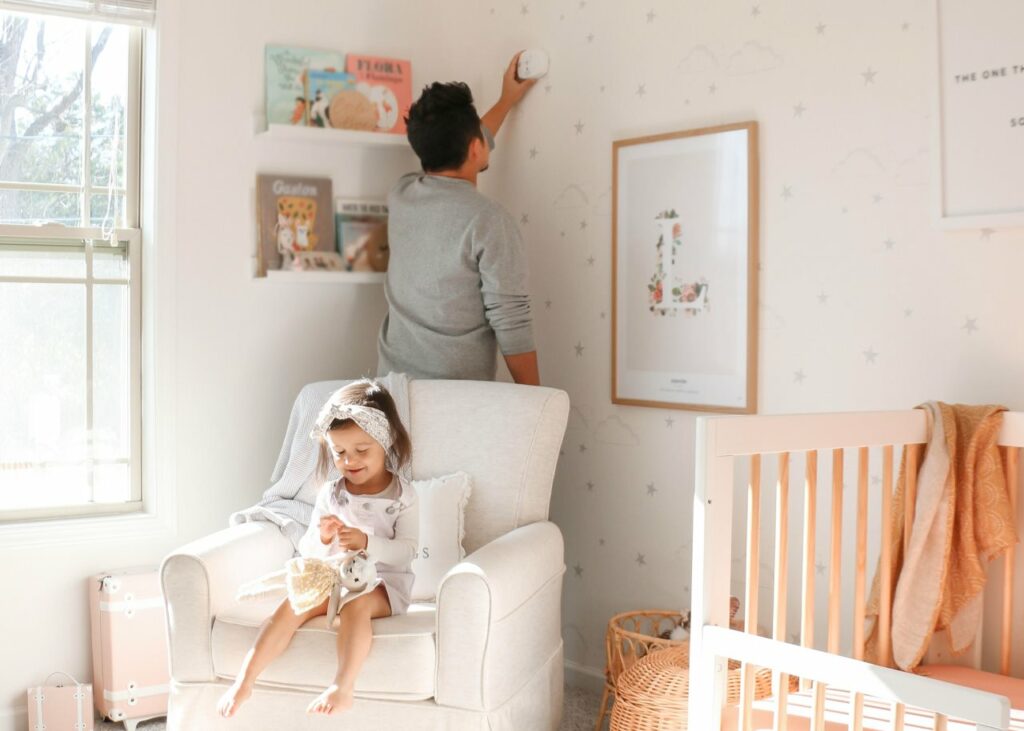More than two-fifths of carbon monoxide (CO) exposure occurs during the months of December, January and February, according to the Centers for Disease Control and Prevention (CDC). As you turn up the heat during colder months, help reduce your risk of CO poisoning at home with the following steps:
Check your appliances and furnace
Make it routine to have your heating system, water heater and any other gas, oil or fuel-burning appliances serviced by a qualified technician. CO can be produced from fuel-burning devices such as your home’s furnace, dryer vent in a drying machine, and fireplace or chimney, so it’s important to regularly check them to ensure they are clear of debris and snow, especially after a snowstorm.
“CO safety is important year-round, but especially in the colder months when the number of incidents typically increases,” said Ashley Gocken, home safety expert with First Alert, a leader in residential fire and CO detection. “It’s important to take the proper steps to ensure your home and family are protected from CO.”
Install CO alarms
Even when following safety and maintenance protocols, CO leaks can occur, so it’s important to be ready for the unexpected. The National Fire Protection Association (NFPA) recommends installing CO alarms on every level of your home, including the basement, and near all sleeping areas. Once installed, it’s important to test alarms regularly. Remember to replace the batteries in your alarms every six months, even if they’re hardwired, so there’s always a reliable power source in case of electricity outages.
“CO alarms don’t last forever and need to be replaced at least every five to ten years depending on the model. If you can’t remember when you last replaced your alarms, it may be time to install new ones,” Gocken advised.
Choose safe heating options during a power outage
If extreme winter weather knocks out your power for an extended period of time, be safe when using alternative energy sources. Remember to never run a generator or any gasoline-powered engine inside a basement, garage or other enclosed structure, even if the doors or windows are open. Always use a generator outside and make sure it’s more than 20 feet from an open window, door or vent where exhaust can vent into an enclosed area. And keep in mind that it’s never safe to heat your home with your oven.
Know the symptoms
The most common symptoms of CO poisoning are just like those of the flu, including headaches, dizziness, weakness, nausea, upset stomach and vomiting. Severe CO poisoning can cause chest pains and confusion, and may eventually be fatal, according to the CDC. If your CO alarm sounds or you think you might be experiencing CO poisoning, seek fresh air immediately and call 9-1-1.
“With the height of CO incidents occurring during flu season, it’s more important than ever to have properly functioning CO alarms. First Alert encourages everyone to take these simple steps to protect yourself and your family throughout winter from the increased threat of CO poisoning,” Gocken added.
Learn more about CO safety at FirstAlert.com. (BPT)
Susan Brewer Service First Real Estate (636)936-8600
Published on 2021-12-27 15:18:26


